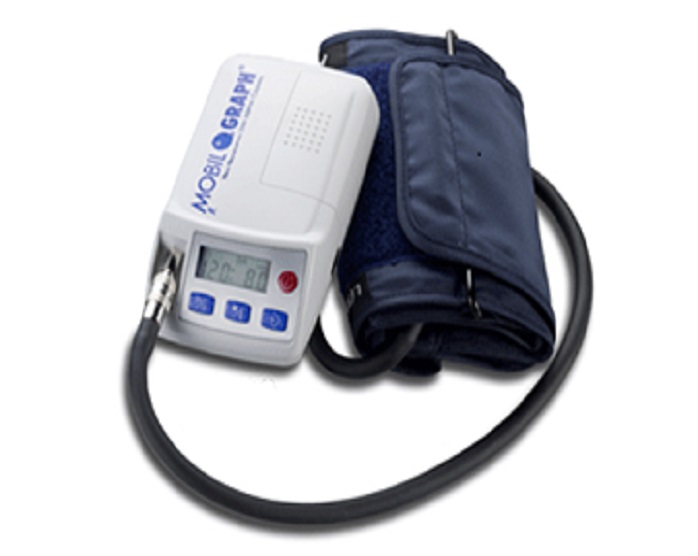
24-hour ambulatory blood pressure monitoring is a method to measure blood pressure on a continuous basis
Twenty-four-hour ambulatory blood pressure monitoring is a way of measuring and managing high blood pressure (hypertension). Hypertension is a blood pressure measurement in which the systolic (upper) blood pressure is at or above 140 and the diastolic (lower) blood pressure is at or above 90.
Ambulatory blood pressure monitoring allows many blood pressure (BP) readings to be recorded over a 24-hour period, whether the patient is awake or asleep. At a doctor’s office or clinic, an instrument called a sphygmomanometer is used to take BP readings. Usually, only one or two readings are taken during a doctor’s visit. However, ambulatory BP monitoring yields many readings over a continuous period.
Why is 24-hour ambulatory blood pressure monitoring used?
Ambulatory BP monitoring provides additional information about how your changes in BP may correlate with your daily activities and sleep patterns. The United States Preventive Services Task Force (USPSTF) now recommends confirming a diagnosis of hypertension with ambulatory BP monitoring.
For most people systolic BP decreases about 10%-20% during sleep. However, for some people BP might not drop during sleep and may even rise.
Why a 24-Hour Measurement of Blood Pressure?
During the ABPM, regular blood pressure readings are taken, for several reasons:
- The normal variations in blood pressure are mirrored in this test as it takes many measurements unlike the one or two during a normal clinic visit
- It can detect masked and sustained hypertension – when the blood pressure reading is normal in the clinic but high during normal activity, it is termed ‘masked hypertension’, whereas a persistently high blood pressure is called sustained hypertension and is associated with higher risk of heart attacks and renal injury
- It shows the normotensive effect of current medications, that is, the effect of medications on controlling the blood pressure throughout the day can be visualized
- It reveals if the blood pressure increases at night or during sleep, a phenomenon seen in some individuals, which may need an adjustment in the medical regimen
- It yields the average or mean blood pressure, heart rate and a few other parameters
- It also shows the heart rate at the same time
- It helps predict the chances of stroke or heart attacks

